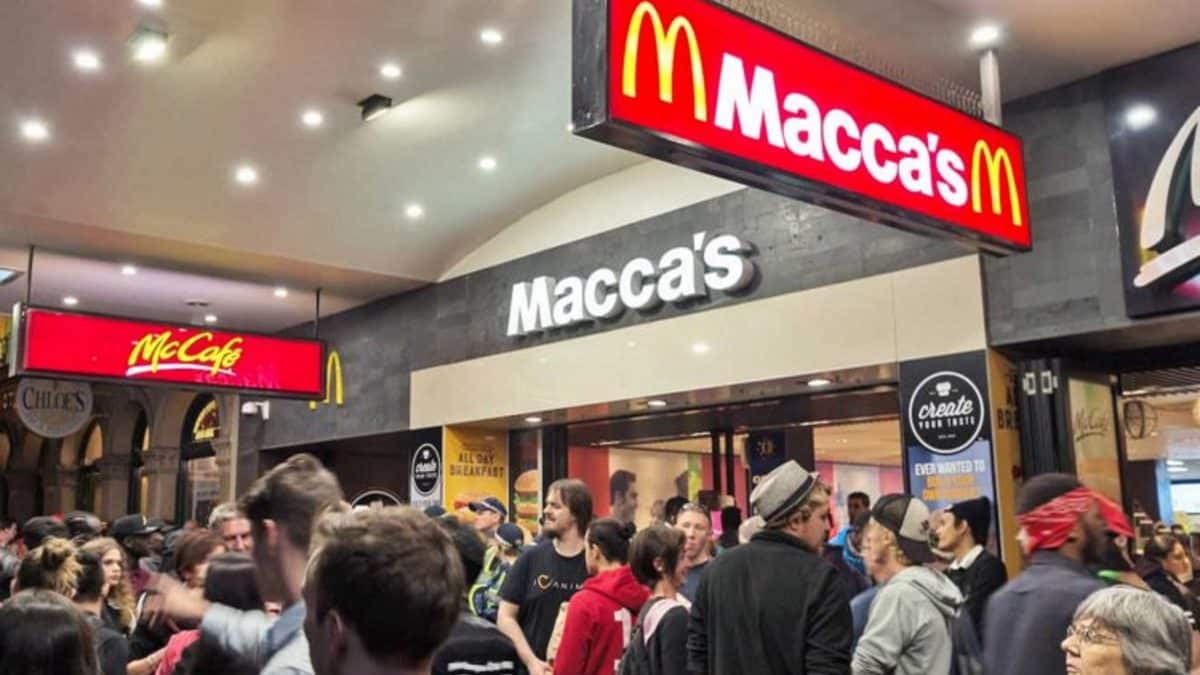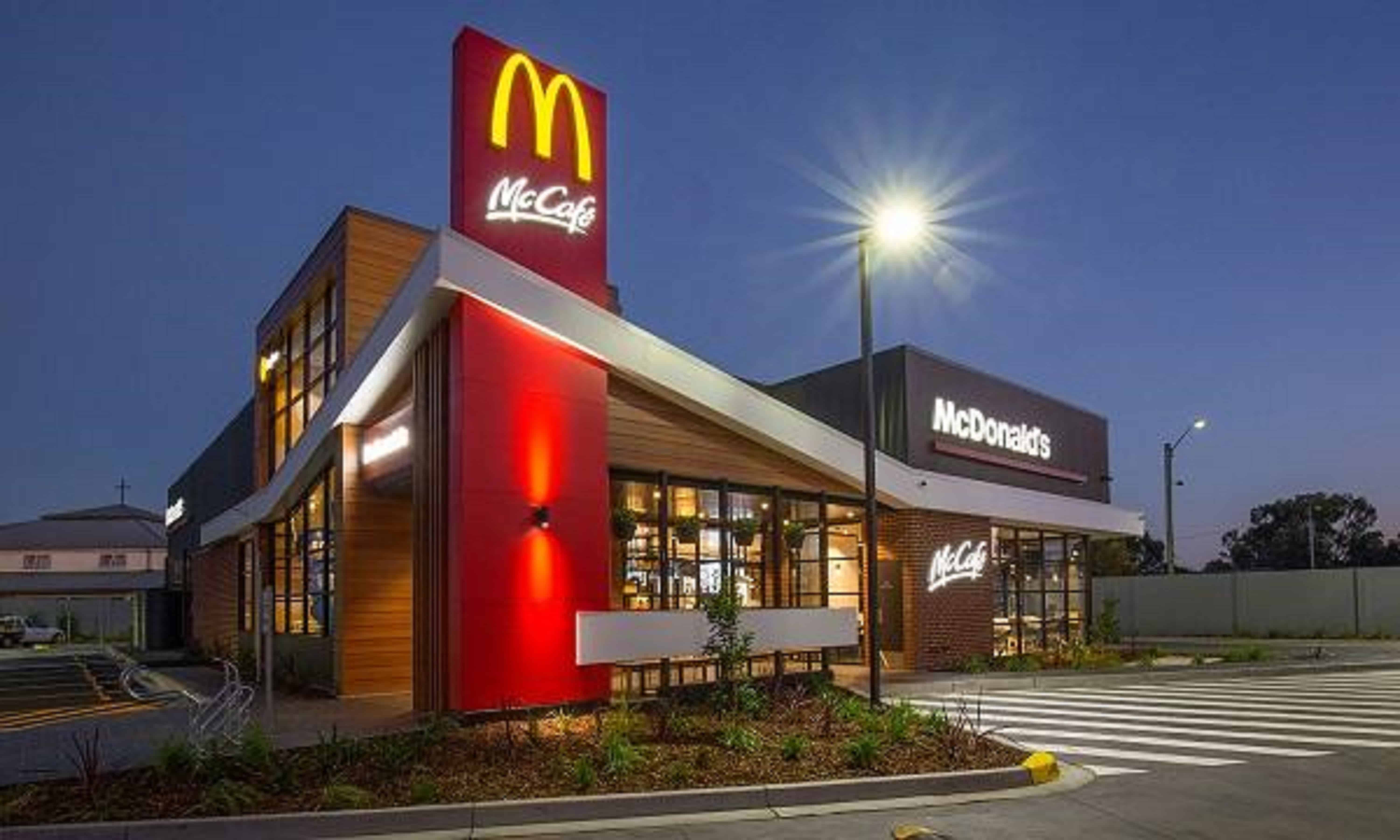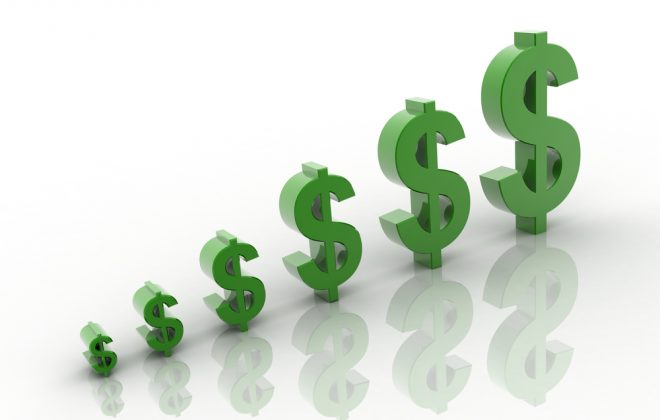
How Does McDonald’s 🍔 Offer an Affordable Price Slogan?
Aussies like to add something extra to international brands and franchises. We’re not simply content with generic brands and prefer to give international brands our own distinctive Australian twist. Not only is “Macca’s” unique to Australians but we’ve also changed the menu to suit our tastes too. The question is, does McDonald’s really offer an affordable price slogan to Australians like we assume it does?
>Download Now: Free PDF How to Improve Product Pricing
Australia McDonald’s pricing strategy is geared towards affordability for average consumers. But everyday low pricing doesn’t necessarily mean cheap which is a common and misguided interpretation.
McDonald’s promotes its price strategy to appeal to mass consumers in the middle and lower-income demographics. They are people who:
- live a fast-paced life
- are often short on time
- have little to no interest in food preparation or cooking
- have a desire for convenience
- need a quick satisfaction of sugar, salt, and caffeine craving
Their market includes parents with young children and teenagers. Compared to other well-established burger chains, McDonald’s employ very competitive prices. However, it’s not necessarily cheaper than its competitors.
In a cost leadership model where they keep the lowest costs on operations, Mcdonald’s employs a 5Ps strategy to market itself. These are products, price, people, place, and promotion. They can maintain their low costs because they keep their labour costs at a minimum. Apart from that, they use preservatives and frozen food to extend the shelf life of their food supply.
Price anchoring – McDonald’s Affordable Price Slogan
It doesn’t cost a lot for McDonald’s to create its food. That’s what allows them to stick to an affordable price slogan. They also happen to sell the most profitable food in the industry, which includes coffee, soda, breakfast items, dessert, and children’s menu. Coffee, for example, costs some restaurant only a few cents – but they sell it for a couple of dollars each. It’s mind-blowing that most restaurants actually get a 2,900% markup for coffee, 2,000% price increase for water, while soft drinks gain a markup of 1,150%.
Everybody knows that buying in bulk helps save costs; and when Mcdonald’s have to pay for multiple locations of up to 36,000 this gives them the advantage to pay for much less compared to their competitors and other restaurants. Mcdonald’s happens to be the largest buyer of pork, beef, tomatoes, and lettuce in the world. They come second to KFC as the world’s largest buyer of chicken.
Since they have shaped the food industry, many suppliers often race to do business with them. In turn, Mcdonald’s earn large discounts while paying wholesale prices to suppliers. Then, they apply a portion of their discount to their customers, allowing them to implement an affordable price scheme.
Supply and Source
Soda
Mcdonald’s and Coca-cola reached a deal many decades ago and since the beginning, Coca-cola has been Mcdonald’s soft drink supplier. Their business deal includes a rule that doesn’t allow the soda brand giant to sell to other companies for less than what McDonald’s pay.
Poultry
Mcdonald’s opt for cheaper resources – case in point, their chicken and eggs. Since free-range chicken and eggs cost three times more, naturally, the fast-food chain chooses to source from caged type poultry. An egg costs 11 cents on average for Mcdonald’s egg-based breakfast items, yet, their sandwiches are sold for $3 to $4.
Coffee
Sourcing their coffee from third-world countries also saves them a lot of money, instead of purchasing from local coffee growers. That’s why McCafe drinks never go beyond $5.
Children’s Menu
Kids eat small portions and with fewer ingredients that suit their palate. As a result, it actually costs a lot less for Mcdonald’s to create child-friendly meals.
Food Preservatives
The use of food preservatives is a common practice in restaurants. The chemicals prevent mould and yeast from growing, extending food shelf life, and minimising food waste. More importantly, food preservatives take the worry out of having to include food waste into their pricing method.
Low-cost Labour
McDonald’s pays its employees $18, 534 annually, compared to the average wage of $38, 640. That immensely cuts off costs for Mcdonald’s. So, instead of hiring chefs, workers are trained, and employing self-serving kiosks that digitalise customer order saves them more money that would’ve gone into labour costs.
Cheap Food
The psychological trick in selling “cheap food” can make customers actually spend more. This lets them offer deals at a limited time such as price bundling and dollar menu. Some examples are the recent BTS themed meals and a 20% discount for customers who spend $10 ordering through the app. Then there’s the “Loose Change” menu as some people fondly call that offers a choice of burger, muffin, cheese pocket, and frozen coke with a price range of $1 to $3.50. Lastly, upselling is also a tactic that asks customers to “add more food” into their order, to which customers agree with 85% of the time.
All of these factors help Mcdonalds earn high-profit margins while charging for a seemingly cheaper price. As a brand, they don’t have to completely rely on their food to earn profit.
Creating Value in an Affordable Price Slogan
Value is anchored to consumer preferences. The range of prices is carefully plotted based on consumer demand for items like the Big Mac, for instance. Price repositioning generally occurs when new products are launched. Then, the everyday low value is supported by extensive promotional discounting, planned at regular intervals that coincide with a lot of advertising. They use print, TV, online, and radio as their advertising platforms.
McDonald’s has become a leader in the fast-food chain industry. However, its affordable pricing method is not standardised across its franchises at all. In fact, individual franchisees are free to dictate the price within a given range for all their products and promotions.
Some diners insist they have been paying $2.20 for hash browns ever since the fast-food chain added them to their all-day breakfast menus, while others say they have never — and would never —pay more than $2.00 for the product.
In anchoring the price for fast food menus, it’s essential to give customers a base context about the value that they are receiving. In other cases, brands can dictate how it wants customers to interpret the value that they offer.
Value is relative and the way that people understand it is key. Customers rely on cues that are often connected to relationships with other items on the menu and on a competitors’ menu.
As a business, you want to clearly communicate an established value at the right time that the menu’s overarching value is in the customer’s mind rather than the price.

Australia McCafes: the Key for creating an Affordable Price Slogan
McCafe started in Melbourne, VIC in 1993, where customers can buy a standard coffee drink just like in any Starbucks. Overall, the popularity of McCafe has the rest of the world following the Australian footsteps and people are willing to pay a high price.
McCafes are important to Macca’s brand and price positioning. It meets the high standards of modern-day versions of gourmet coffee. Price points for McCafe coffee, for example, are on par with independent cafes and barista-made coffee. Also, most McDonald’s branches worldwide offer Wi-Fi access when customers dine in. Couple that with an offer to wash their meals down with coffee and that simply makes their day.
The McCafe brand has single-handedly generated lots of cross-sales opportunities, capturing a significant share of growth (e.g., coffee and a bun, coffee and Big Mac, coffee and a Mac Breakfast wrap). It has demonstrated a stable cross-price elasticity with the rest of Macca’s menu determined by ongoing elasticity regression modelling and then refined by ongoing conjoint analysis based on many coffee menu items.
McCafe helped McDonald’s regain control in foot traffic, reposition its prices, and increase unit sales all at the same time. As a keystone product, it has opened up cross-selling opportunities with the rest of the menu. As a customer, when you’re used to paying $5 for a cup of coffee, you’re not going to complain if a bun is $3.50 rather than $3.25, especially if it goes deliciously well with the coffee.
Coffee as a keystone product
For many years, the keystone product had been the Big Mac. However, it couldn’t give way to more sales opportunities and price increase. So, Mcdonald’s rebuilt their menu around McCafe coffee products, offers, and prices. This is probably the first time that the McDonald’s corporation has allowed a region to replace a keystone product with another in-demand regional product.
McCafe has enabled McDonald’s to move up menu prices across the board. Everyone’s used to barista coffee being expensive, but turning McCafe coffee into a keystone product made recommended retail prices look reasonable even though they were actually going up. Macca’s menu prices are probably the highest they’ve ever been and no one’s complaining as long as they’re getting the value they want – that’s the real definition of an affordable price strategy.
Cross-price Elasticities in an Affordable Price Slogan
Cross-price elasticities were first based on a combination of Big Mac with soda or milkshake. Nowadays, they’re based on coffee, pastry, Big Mac meal and other items on the menu. Macca’s did this by testing out the first McCafe in Melbourne (the heart of gourmet coffee in Australia) and it became an instant hit in today’s fast-paced world when people rely on convenience more than ever.
Employing good quality, fair trade coffee products, and lofty values and mission statements and adopting affordable pricing that promotes prices to meet customer needs make McDonald’s a reputable brand.
Implications
- It may be harder for Macca’s to increase their menu prices until they find a new coffee substitute or a healthier menu that is as-big-a-hit as McCafe.
- It is likely that we’ll see Mcdonald’s in a cycle of ‘price cliffs’ if they don’t find ways to attract Australian customers as they have done in India.
- McCafe has enabled McDonald’s to experiment with its affordable pricing architecture and product offering to regain control of its brand. The question is, can they continue to innovate even after McCafe’s success?
〉〉〉 Get Your FREE Pricing Audit 〉〉〉
Conclusion
- McDonald’s has a major influence in the community and Macca’s menu has most of the standard menu options as its American counterpart. Overall, adding and tweaking the items on its menu to suit the Australian taste and flavour brought growth opportunities.
- Australians love their coffee and McDonald’s have done their homework on what attracts customers the most. They have catered their offer and pricing accordingly.
- Their affordable price strategy brought back customers to their stores and boosted profits by 20 – 25% — an impressive result for a business that faced a significant slump in foot traffic.
- McDonald’s sees and proves itself to be a winning brand and business. It deals with adversity head-on and uses feedback to learn how to take the next steps. It strives to outsell and outsmart its competitors considering that its products are simply sugar, fat and caffeine.
For a comprehensive view on building a great pricing team to prevent loss in revenue,
Download a complimentary whitepaper on How to Build Hiring Capability To Get The Best Pricing Team.
Are you a business in needs of help to align your pricing strategy, people and operations to deliver an immediate impact on profit?
If so, please call (+61) 2 9000 1115.
You can also email us at team@taylorwells.com.au if you have any further questions.
Make your pricing world class!
Related Posts
Leave a Reply Cancel reply
Categories
- marketing strategy (26)
- Organisational Design (14)
- Podcast (114)
- Pricing Capability (87)
- Pricing Career Advice (10)
- Pricing Recruitment (19)
- Pricing Strategy (287)
- Pricing Team Skills (13)
- Pricing Teams & Culture (24)
- Pricing Transformation (47)
- Revenue Model (25)
- Sales Effectiveness (27)
- Talent Management (7)
- Technical Pricing Skills (35)






